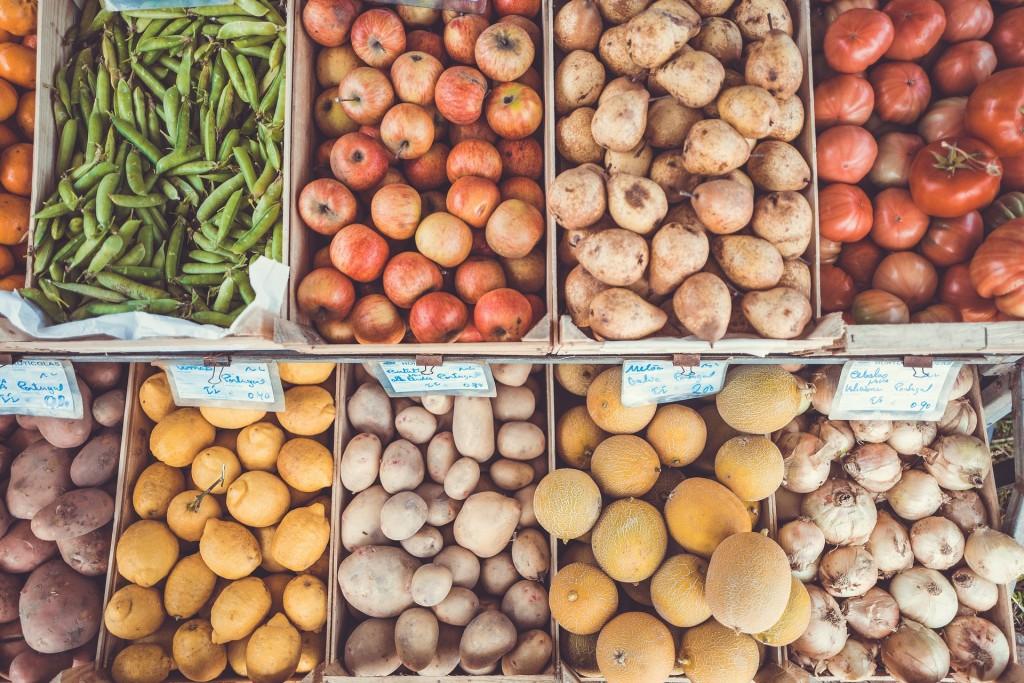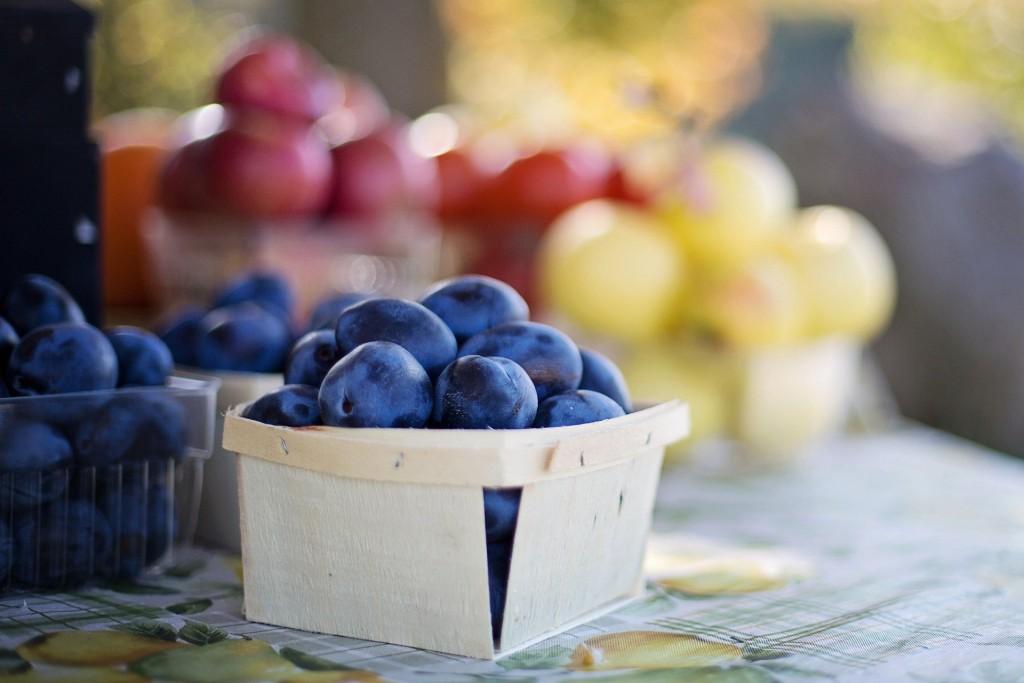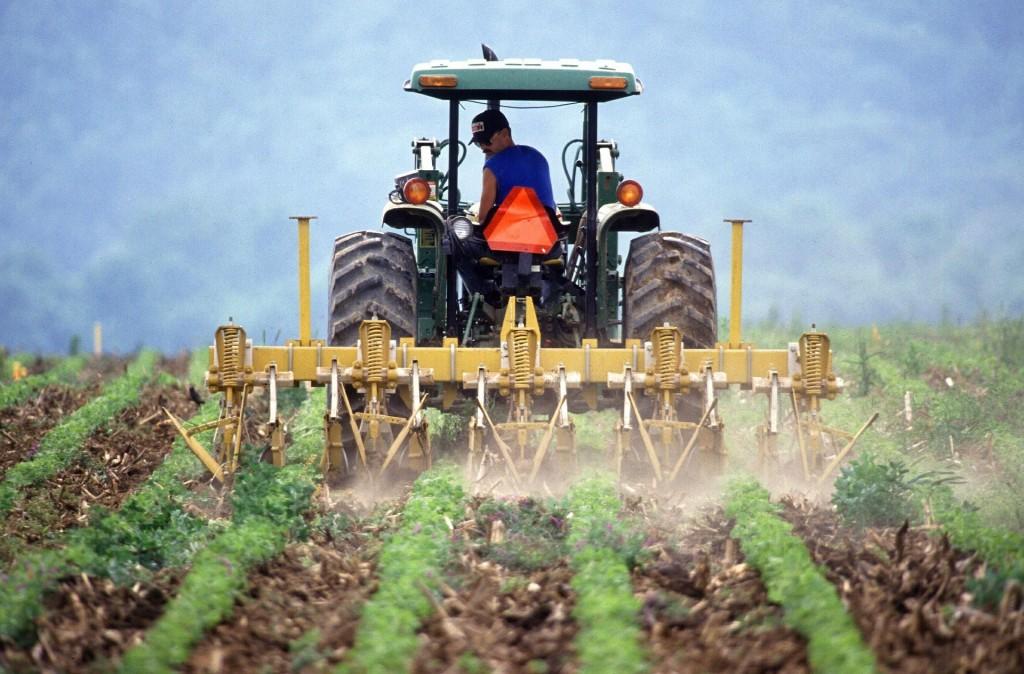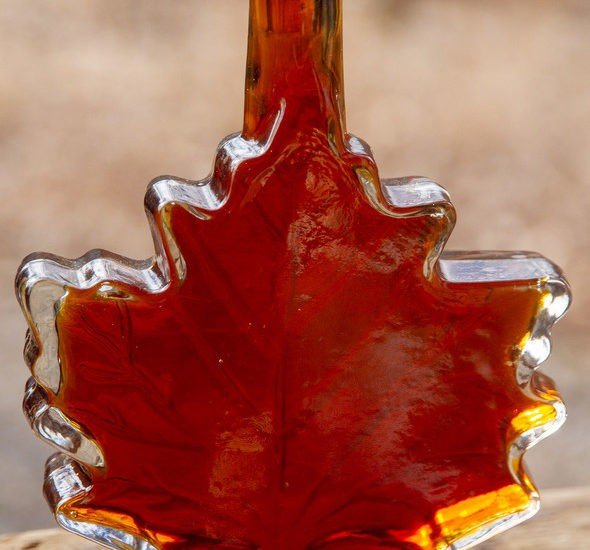
WASHINGTON, D.C., May 19, 2020 – U.S. Secretary of Agriculture Sonny Perdue today announced details of the Coronavirus Food Assistance Program (CFAP), which will provide up to $16 billion in direct payments to deliver relief to America’s farmers and ranchers impacted by the coronavirus pandemic. In addition to this direct support to farmers and ranchers, USDA’s Farmers to Families Food Box program is partnering with regional and local distributors, whose workforces have been significantly impacted by the closure of many restaurants, hotels, and other food service entities, to purchase $3 billion in fresh produce, dairy, and meat and deliver boxes to Americans in need.
“America’s farming community is facing an unprecedented situation as our nation tackles the coronavirus. President Trump has authorized USDA to ensure our patriotic farmers, ranchers, and producers are supported and we are moving quickly to open applications to get payments out the door and into the pockets of farmers,” said Secretary Perdue. “These payments will help keep farmers afloat while market demand returns as our nation reopens and recovers. America’s farmers are resilient and will get through this challenge just like they always do with faith, hard work, and determination.”
Beginning May 26, the U.S. Department of Agriculture (USDA), through the Farm Service Agency (FSA), will be accepting applications from agricultural producers who have suffered losses.
Background:
CFAP provides vital financial assistance to producers of agricultural commodities who have suffered a five-percent-or-greater price decline due to COVID-19 and face additional significant marketing costs as a result of lower demand, surplus production, and disruptions to shipping patterns and the orderly marketing of commodities.
Farmers and ranchers will receive direct support, drawn from two possible funding sources. The first source of funding is $9.5 billion in appropriated funding provided in the Coronavirus Aid, Relief, and Economic Stability (CARES) Act to compensate farmers for losses due to price declines that occurred between mid-January 2020, and mid-April 2020 and provides support for specialty crops for product that had been shipped from the farm between the same time period but subsequently spoiled due to loss of marketing channels. The second funding source uses the Commodity Credit Corporation Charter Act to compensate producers for $6.5 billion in losses due to on-going market disruptions.
Non-Specialty Crops and Wool
Non-specialty crops eligible for CFAP payments include malting barley, canola, corn, upland cotton, millet, oats, soybeans, sorghum, sunflowers, durum wheat, and hard red spring wheat. Wool is also eligible. Producers will be paid based on inventory subject to price risk held as of January 15, 2020. A payment will be made based 50 percent of a producer’s 2019 total production or the 2019 inventory as of January 15, 2020, whichever is smaller, multiplied by the commodity’s applicable payment rates.
Livestock
Livestock eligible for CFAP include cattle, lambs, yearlings and hogs. The total payment will be calculated using the sum of the producer’s number of livestock sold between January 15 and April 15, 2020, multiplied by the payment rates per head, and the highest inventory number of livestock between April 16 and May 14, 2020, multiplied by the payment rate per head.
Dairy
For dairy, the total payment will be calculated based on a producer’s certification of milk production for the first quarter of calendar year 2020 multiplied by a national price decline during the same quarter. The second part of the payment is based a national adjustment to each producer’s production in the first quarter.
Specialty Crops
For eligible specialty crops, the total payment will be based on the volume of production sold between January 15 and April 15, 2020; the volume of production shipped, but unpaid; and the number of acres for which harvested production did not leave the farm or mature product destroyed or not harvested during that same time period, and which have not and will not be sold. Specialty crops include, but are not limited to, almonds, beans, broccoli, sweet corn, lemons, iceberg lettuce, spinach, squash, strawberries and tomatoes. A full list of eligible crops can be found on farmers.gov/cfap. Additional crops may be deemed eligible at a later date.
Eligibility
There is a payment limitation of $250,000 per person or entity for all commodities combined. Applicants who are corporations, limited liability companies or limited partnerships may qualify for additional payment limits where members actively provide personal labor or personal management for the farming operation. Producers will also have to certify they meet the Adjusted Gross Income limitation of $900,000 unless at least 75 percent or more of their income is derived from farming, ranching or forestry-related activities. Producers must also be in compliance with Highly Erodible Land and Wetland Conservation provisions.
Applying for Assistance
Producers can apply for assistance beginning on May 26, 2020. Additional information and application forms can be found at farmers.gov/cfap. Producers of all eligible commodities will apply through their local FSA office. Documentation to support the producer’s application and certification may be requested. FSA has streamlined the signup process to not require an acreage report at the time of application and a USDA farm number may not be immediately needed. Applications will be accepted through August 28, 2020.
Payment Structure
To ensure the availability of funding throughout the application period, producers will receive 80 percent of their maximum total payment upon approval of the application. The remaining portion of the payment, not to exceed the payment limit, will be paid at a later date as funds remain available.
USDA Service Centers are open for business by phone appointment only, and field work will continue with appropriate social distancing. While program delivery staff will continue to come into the office, they will be working with producers by phone and using online tools whenever possible. All Service Center visitors wishing to conduct business with the FSA, Natural Resources Conservation Service, or any other Service Center agency are required to call their Service Center to schedule a phone appointment. More information can be found at farmers.gov/coronavirus.
Today, the U.S. Department of Agriculture (USDA) Agricultural Marketing Service (AMS), in conjunction with the Food and Nutrition Service (FNS) and the Office of Partnerships and Public Engagement (OPPE), published Frequently Asked Questions for nonprofit organizations seeking to receive food through the Farmers to Families Food Box Program.
On April 17, 2020, U.S. Secretary of Agriculture Sonny Perdue announced the Coronavirus Food Assistance Program (CFAP). As part of this announcement Secretary Perdue also created the Farmers to Families Food Box Program. Through this program USDA will partner with regional and local distributors, whose workforce has been significantly impacted by the closure of restaurants, hotels and other food service entities, to purchase up to $3 billion in fresh produce, dairy and meat products.

The program will begin with the procurement of an estimated $100 million per month in fresh fruits and vegetables, $100 million per month in a variety of dairy products and $100 million per month in meat products. Participating distributors and wholesalers will then package a pre-approved box of fresh produce, dairy and meat products for delivery to food banks, community and faith-based organizations and other non-profits serving Americans in need.
Additional information on the Farmers to Families Food Box Program is available on the AMS website. Additional questions may be submitted to USDAFoodBoxDistributionProgram@usda.gov.
Farmers to Families Food Box Program FAQs

Food Box Recipient Eligibility and Partnerships
Q: What entities will be eligible to receive food from contracted distributors?
A: Any entity that provides to the supplier proof of its 501(c)(3) tax exempt status or a government entity (e.g. school food authority, Indian tribe) and who can demonstrate that they have the operational and financial capability to receive, store and distribute requested food items. Governmental organizations that submit requests must have similar operational and financial capability.
Q: How will distributors find non-profit organizations?
A: Distributors have commercial relationships with many non-profit organizations, either through direct purchases or donations. USDA’s intent is to leverage the relationships that already exist while encouraging both distributors and non-profit organizations to develop new relationships through the contracting process.
Q: How can distributors know they are delivering to 501(c)(3) organizations in good standing and protect against fraudulent activity?
A: Through its contracting process, USDA will require that distributors participating in the program maintain records showing their deliveries have occurred to appropriate non-profit organizations. Non-profit organizations will be responsible for timely distribution of food.
Q: Will USDA provide guidance to distributors of what non-profit organizations to supply?
A: No. USDA will not offer guidance on what non-profit organizations to supply. Non-profit organizations receiving food must be able to demonstrate operational and financial capability to receive, store and distribute requested food items.
Q: Can USDA provide the list of distributors by state?
A: Once contracts are awarded to distributors, USDA will supply the full list of awardees and their contact information on the Farmers to Families Food Box Program website.
Q: Can a non-profit, faith based or community organization apply to be a distributor?
A: Yes. Non-profit organizations may apply to be distributors. They will be subject to the same requirements and evaluation criteria as other offerors such as, but not limited to, qualifying support for American agriculture, capability to achieve performance of the contract, past performance and price considerations. Non-profit organizations without these capabilities should consider partnering with contracted entities to determine partnership opportunities.
Q: Can a school district (school nutrition authorities) qualify as a recipient?
A: Yes. A school district or school nutrition authority would qualify as a government entity and would be eligible to receive food boxes. These entities must also be able to demonstrate that they have the operational and financial capability to receive, store and distribute requested food items.
Q: Are Indian Tribal Organizations (ITOs) eligible?
A: Yes. An Indian Tribal Organization would qualify as a government entity and would be eligible to receive food boxes. These entities must also be able to demonstrate that they have the operational and financial capability to receive, store and distribute requested food items.
Q: What if a non-profit organization doesn’t have a pre-existing relationship with a distributor?
A: Once contracts are awarded, non-profit organizations should contact the distributor that has been awarded the contract for their service area. A list of distributors that have been awarded contracts will be available on USDA’s website.
Q: What if an organization is interested in providing additional logistical support to connect distributors with hard to reach rural or tribal areas?
A: Organizations may partner with contracted distributors to determine partnership opportunities, including additional support logistics.
Q: How will non-profit organizations know the volume each distributor is able to provide or make available?
A: Distributors will work directly with non-profit organizations to determine details regarding delivery, including volume and delivery schedules.
Q: Can food banks play a role in distributing to non-agency non-profit partners?
A: Yes. Food banks and other non-profits may work with identified distributors serving their area to assist in the distribution process.
Q: What will USDA be doing to ensure that non-profit organizations in rural areas will be able to participate in the program?
A: USDA reserves the right to negotiate with distributors to serve rural areas through the procurement process if no offers are received. However, if offers are not received for specific areas of the country, there is a possibility non-profit organizations in that area will not be able to receive products under this program. USDA recommends non-profit organizations work with their local distributors or manufacturers to ensure they submit an offer.
Q: Could non-profit organizations have this delivered by the pallet rather than in boxes?
A: No. Distributors will be required as part of the contract with USDA to package products into boxes which allows for easier distribution at non-profit organizations with limited volunteer assistance. A non-profit might instead receive a pallet of pre-packed boxes.
Box Offerings and Overhead

Q: Will different distributors handle specific types of products exclusively– for example, will some distributors only handle produce while other distributors handle all three product categories?
A: Distributors may submit a proposal to provide: a fresh fruit and vegetable box, a dairy products box, a pre-cooked meat box, a combination box that can contains any combination of those items, or fluid milk.
Q: Can distributors partner with non-profit organizations to assemble the box using products provided by the distributor?
A: Distributors will be able to partner with other entities, including non-profit organizations, to provide logistical support, such as box assembly. If a distributor subcontracts with another entity the distributor would be required to pay for this service.
Ordering Process
Q: Will USDA utilize the Web Based Supply Chain Management (WBSCM) system to manage vendors such as processors and distributors for the food orders?
A: Yes, WBSCM will be utilized to manage contracts and make payments. Distributors and non-profit organizations should agree on a mutually agreeable quantity, delivery location and delivery schedule prior to the distributor submitting an offer, negating the need for orders to be placed in WBSCM.
Orders will not be placed in WBSCM. Distributors and non-profit organizations should arrange mutually agreeable quantity, delivery location and delivery schedule prior to the distributor submitting an offer.
Q: Is it a first come first serve process? Or will there be caps on volume?
A: The total dollar amount available for each product category is the limit on volume. USDA will make every attempt within the offers received to distribute the available funds to maximize the delivery of food products to non-profit organizations across the country.
Q: What are the reporting requirements?
A: Contractors must submit an invoice package that indicates the number of boxes delivered, contents of the boxes and proof of delivery to a non-profit or other organization in the contract. There are no reporting requirements for the non-profit or government organizations.
Product Specifications

Q: How many pounds of food per box of dairy, protein and produce?
A: Distributors and non-profit organizations will be allowed to mutually agree on the size and weight of the box, as well as the pack sizes of products within the box.
Q: What are the “standard” contents per box?
A: While USDA will provide a list of desired products to support specific agricultural markets, the contents of the box can be determined by the distributor and the non-profit organization, based on local and national availability, local preferences, etc.
Q: For boxes containing produce, will there be a USDA inspection process for sites receiving product?
A: USDA will provide oversight throughout the contract period, conducting audits to ensure food safety plans are followed, that only domestic produce is provided and quality products are delivered.
Q: Will USDA purchase bulk shelf stable items from food distributors?
A: USDA will not be purchasing these types of products through the Farmers to Families Food Box Program. However, through USDA’s existing programs and additional funding provided by Congress USDA will be making additional purchases of these products. These will include purchases made with Section 32, Families First Coronavirus Response Act and CARES Act funds and made available to the Emergency Food Assistance Program (TEFAP).
Q: Will USDA purchase frozen produce items from food distributors?
A: USDA will only purchase fresh produce through the Farmers to Families Food Box Program. However, through USDA’s existing programs and additional funding provided by Congress USDA will be making additional purchases of these products. These will include purchases made with Section 32, Families First Coronavirus Response Act and CARES Act funds and made available to the Emergency Food Assistance Program (TEFAP).
Food Safety & Oversight
Q: Will a box of each type of food be packed separately – meat box, produce box, dairy box?
A: Although not a requirement, for food safety reasons and differing storage temperatures, it is anticipated that produce will be in a separate box.
Q: Do distributors need to comply with any specific food safety guidelines?
A: Distributors must comply with regular commercial, Federal and local food safety guidelines. USDA will provide oversight throughout the contract period, conducting audits to ensure food safety plans are followed
Trade Mitigation
Q: Does USDA still plan on spending the $700 million left for trade mitigation purchases planned through this Fiscal Year, and distributing that through TEFAP?
A: Yes, USDA will continue to make purchases for existing programs and trade mitigation efforts.
Interaction with USDA FNS Food Distribution Programs
Q: Is this program being administered through the Food and Nutrition Service (FNS) and how does it impact FNS food distribution programs?
A: No. This program is being administered by the Agricultural Marketing Service, not FNS. It is separate and apart from FNS’ Food Distribution Programs, such as The Emergency Food Assistance Program (TEFAP), the Commodity Supplemental Food Program (CSFP) and the Food Distribution Program on Indian Reservations (FDPIR).
Q: Will orders for delivery go through the Food and Nutrition Service?
A: No. USDA will partner with regional and local distributors whose workforce has been significantly impacted by the closure of many restaurants, hotels and other food service entities, to purchase $3 billion in fresh produce, dairy and meat products. These products will be provided in a pre-approved box of fresh produce, dairy and meat products from distributors directly to food banks and other non-profits serving Americans in need.
Q: Will this disrupt availability of foods for the Food and Nutrition Service’s (FNS) Food Distribution Programs?
A: No. These products are not typically the types/sizes of products available through FNS Food Distribution Programs, and were intended for different outlets (e.g., restaurants).Publication Date:

